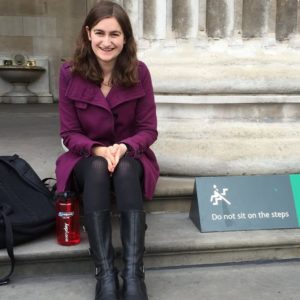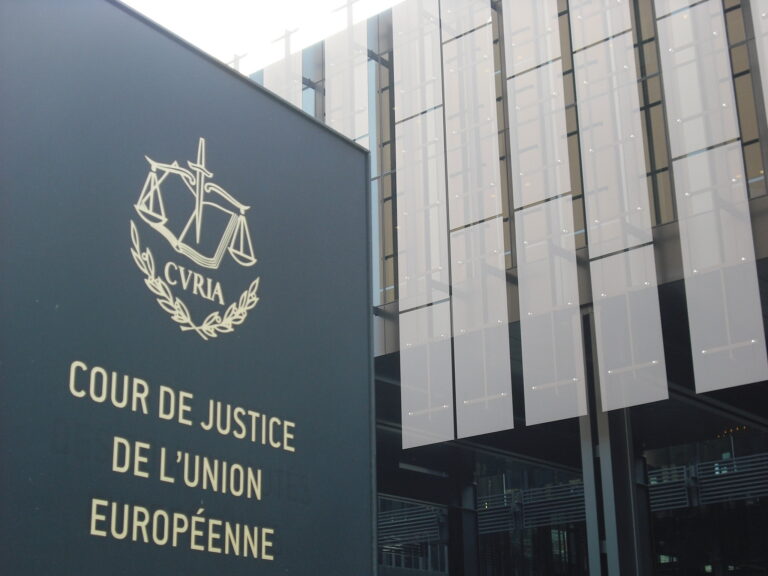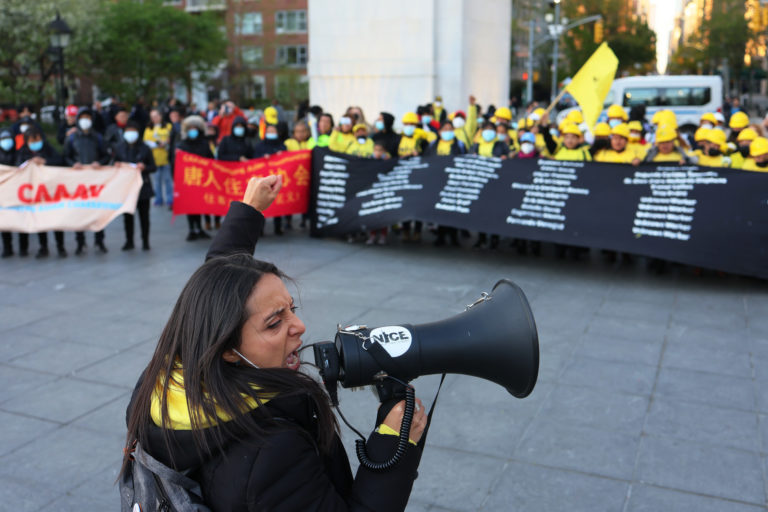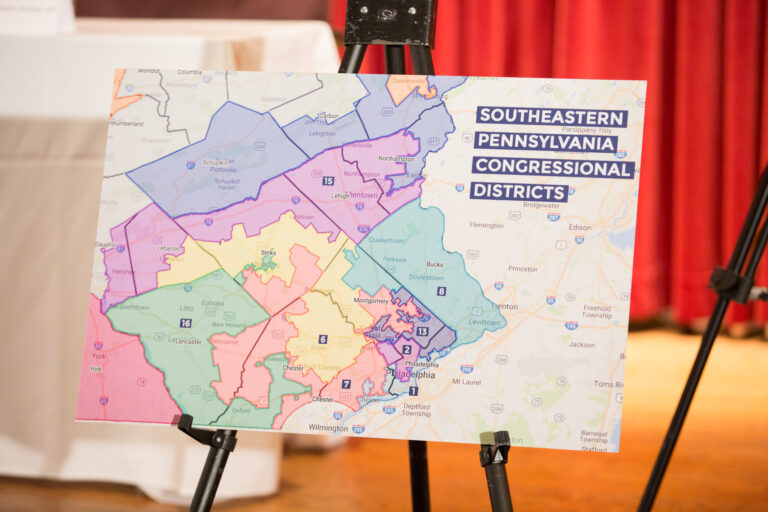
Rachel Sandalow-Ash is a student at Harvard Law School and a member of the Labor and Employment Lab.
Massachusetts nurses wrote an op-ed in the Boston Globe supporting Ballot Question 1, an initiative that would guarantee safe nurse staffing levels (also known as safe patient limits) in order to ensure that all patients receive the care that they need. As authors Donna Kelly-Williams and Judith Shindul-Rothschild explain, “dozens of independent scientific studies, including those published in the New England Journal of Medicine and the Journal of the American Medical Association, have consistently found that the quality of care decreases dramatically when nurses are forced to care for too many patients at once.” The Massachusetts Nurses Association is promoting Question 1, and a range of progressive organizations, unions, and elected officials have endorsed the ballot question.
As the nurses point out in their op-ed, the hospital industry has spent millions of dollars trying to defeat this initiative. However, other states’ experiences with safe staffing laws demonstrate the value of safe patient limits — and debunk many of the hospital industry’s arguments. For instance, as the nurses explain, in the 14 years since California established safe patient limits, patients there have seen excellent health results, including lower hospital wait times and lower rates of medical complications. Moreover, “spending on health care in California is significantly lower [than in Mass], they have lower insurance premiums . . . and no hospital or service has closed as a result of the law.” Massachusetts voters will vote on Question 1 on election day, November 6th.
Attorney and author Moshe Marvit wrote in In These Times, “Trump’s NLRB Just Quietly Ruled to Make Union Pickets Illegal.” Marvit specifically referred to a late August NLRB decision, Preferred Building Services, Inc. and Rafael Ortiz d/b/a Ortiz Janitorial Services, Joint Employers and Service Employees International Union Local 87 (2018). In Preferred Building Services, the Board ruled that subcontracted janitors in San Francisco violated the Taft-Hartley Act’s prohibition on secondary boycotts and pickets when they picketed in front of the company that hired the subcontracted firm. The administrative law judge had ruled that the second-level company, Preferred Building Services was a joint employer of the janitors, who were technically employed by Ortiz, because Preferred Building Services “was involved in the hiring, firing, disciplining, supervision, direction of work, and other terms and conditions of the janitors’ employment.” However, foreshadowing the Board’s proposed rule sharply limiting the circumstances under which a company would be seen as a joint employer, the Board rejected the ALJ and the janitors’ argument. Last Thursday, Congressman Joe Kennedy (D-MA) urged the NLRB to withdraw its new joint employer rule. Kennedy wrote, “by limiting joint employers to include only companies that both possess and exercise ‘substantial, direct and immediate control’ over the essential terms and conditions of employment, this rule would allow large franchisors to evade legal responsibility for labor and employment violations.”
Far-right authoritarian Jair Bolsonaro won the second and final round of presidential elections in Brazil, defeated Fernando Haddad of the left-wing Workers’ Party (PT). A former army officer, Bolsonaro praises the military dictatorship that ruled Brazil from the 1960s through the 1980s and regularly expresses racist, misogynistic, and homophobic views. With the help of University of Chicago economists, Bolsonaro has pledged to implement neoliberal economic measures, such as privatizing public services, cutting public spending, and “reforming” the pension system. In the months leading up to the election, many Brazilian employers pressured their employees to vote for Bolsonaro, and some employers even threatened to close stores and fire employees if Haddad were to win the election. Labor lawyer and professor Prudente Mello said that a 2017 law weakening unions and labor rights empowered employers to engage in this kind of intimidation.






Daily News & Commentary
Start your day with our roundup of the latest labor developments. See all
December 19
Labor law professors file an amici curiae and the NLRB regains quorum.
December 18
New Jersey adopts disparate impact rules; Teamsters oppose railroad merger; court pauses more shutdown layoffs.
December 17
The TSA suspends a labor union representing 47,000 officers for a second time; the Trump administration seeks to recruit over 1,000 artificial intelligence experts to the federal workforce; and the New York Times reports on the tumultuous changes that U.S. labor relations has seen over the past year.
December 16
Second Circuit affirms dismissal of former collegiate athletes’ antitrust suit; UPS will invest $120 million in truck-unloading robots; Sharon Block argues there are reasons for optimism about labor’s future.
December 15
Advocating a private right of action for the NLRA, 11th Circuit criticizes McDonnell Douglas, Congress considers amending WARN Act.
December 12
OH vetoes bill weakening child labor protections; UT repeals public-sector bargaining ban; SCOTUS takes up case on post-arbitration award jurisdiction